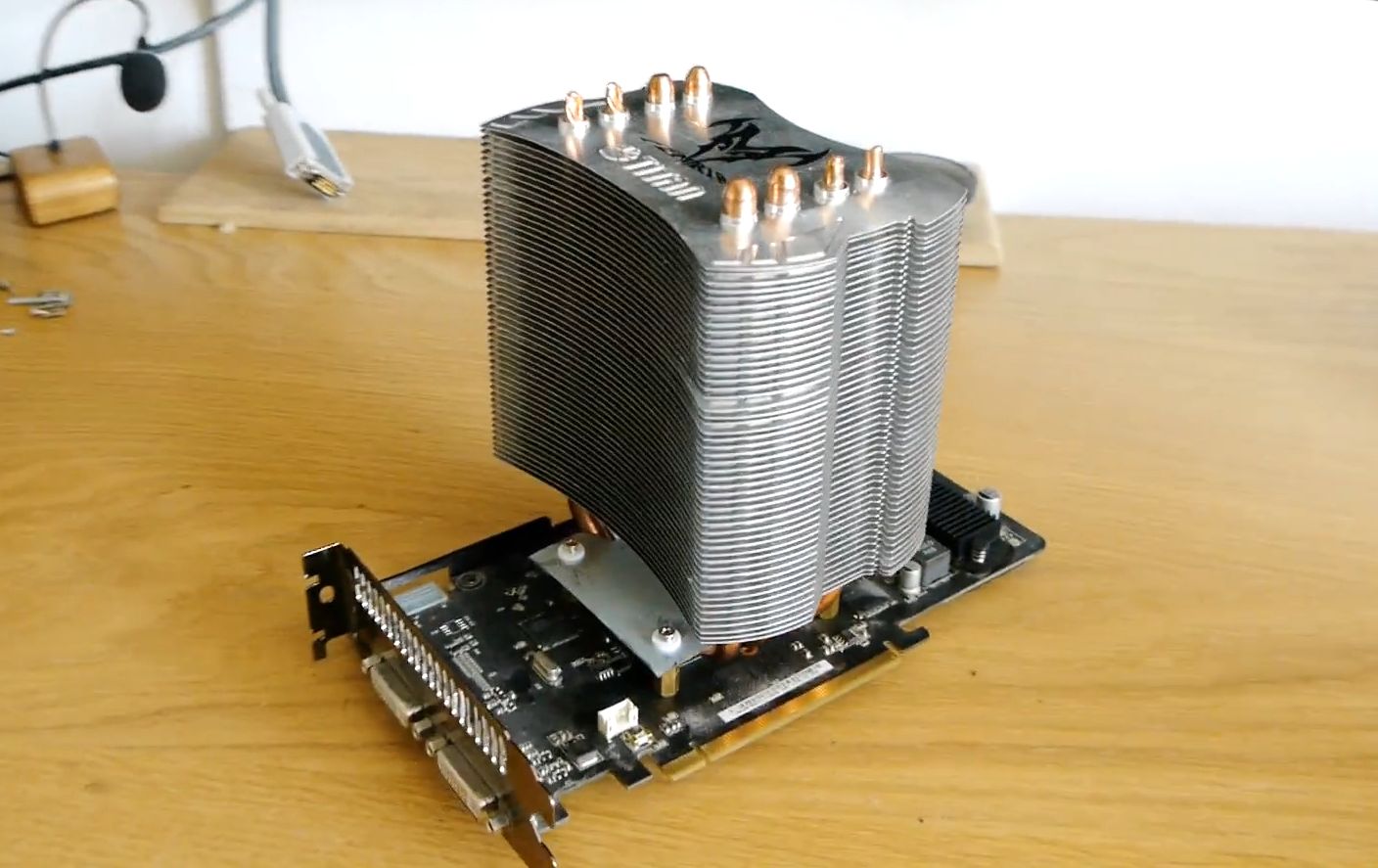honegod
[H]F Junkie
- Joined
- Aug 31, 2000
- Messages
- 8,327
It seems to me that cooling a high powered card would work best by taking a suction on case internal air and expelling the heated air directly out of the case.
Yet the concensus I see is that having 3 fans recirculating the heated air inside the case and using other fans to expell the heated case air is better.
Why is this ?
Is the blower fan woefully unable to move enough air through the heatsink,
Or is the heatsink itself ineffectual at heating the air ?
What is it ?
Yet the concensus I see is that having 3 fans recirculating the heated air inside the case and using other fans to expell the heated case air is better.
Why is this ?
Is the blower fan woefully unable to move enough air through the heatsink,
Or is the heatsink itself ineffectual at heating the air ?
What is it ?
![[H]ard|Forum](/styles/hardforum/xenforo/logo_dark.png)
